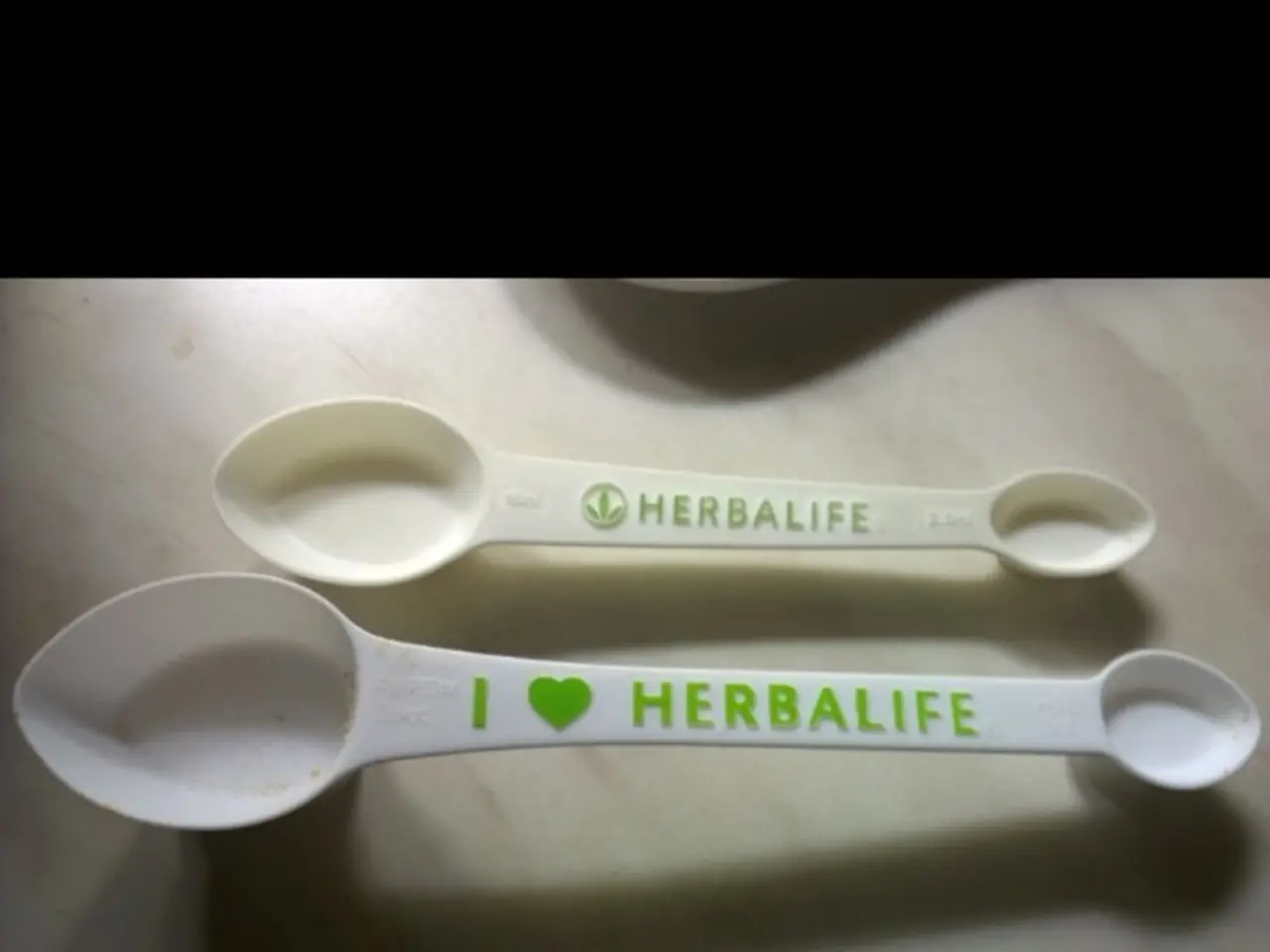Expanding Green Tea Supplement Industry Projected to Boost at a Rate of 6.5% Yearly, Forecasted till 2034
In the bustling health and wellness industry, green tea supplements continue to gain popularity worldwide, particularly in the Asia-Pacific (APAC) region.
The APAC region dominates the global green tea supplements marketplace, accounting for 45.9% of the total market share and generating approximately USD 1.3 billion in 2024. This trend is expected to continue, with the region holding a 45.9% share and projecting revenue of USD 1.3 billion in 2025.
Several companies are capitalizing on this market growth, each with their unique approach to green tea supplement production.
The Nature's Bounty Co. maintains its offerings through brand consistency and accessibility, ensuring their products are widely available in major stores and online. NOW Foods, on the other hand, emphasizes purity and potency, focusing on high-grade, non-GMO verified extracts and rigorous in-house testing. Jarrow Formulas, meanwhile, places a strong emphasis on the science behind its green tea extract, with a focus on high EGCG content, bioavailability, and the use of Phytosome technology for enhanced absorption.
Herbalife Nutrition integrates green tea extract into its core weight management and wellness products, like the Herbal Tea Concentrate. They also emphasize digital marketing and distributor training to highlight its benefits. Zhou Nutrition, catering to a health-conscious, younger demographic, has developed a high-potency green tea supplement, "Green Tea 500," promoting it through direct-to-consumer digital engagement and social media.
The APAC region's dominance in the green tea supplements marketplace is supported by robust health infrastructure and established nutraceutical brands in countries like Japan and China. In 2024, Japan's tencha (matcha raw material) production reached 5,336 tons, and the value of green tea exports, including matcha, increased by 25%.
However, regulatory oversight has increased, with the European Food Safety Authority (EFSA) publishing safety assessments for green tea catechins. EFSA reported that daily supplemental intakes of 800 mg EGCG or more were associated with elevated liver enzymes, indicating possible hepatotoxicity.
The market for green tea supplements is diverse, offering doses that can range from 5 mg to as high as 1,000 mg per day for adults. In 2024, capsules held a dominant market position, capturing more than a 41.4% share. Dietary supplements and pharmacies also hold significant market positions, capturing more than a 31.7% and more than a 31.9% share, respectively.
Green tea supplements are popular for various health benefits, including weight management support, heart health boost, antioxidant defense, brain focus aid, and skin glow enhancement. Epigallocatechin-3-gallate (EGCG), a prominent bioactive compound in green tea supplements, is recognized for its antioxidant effects and role in supporting metabolism.
As the global green tea supplements marketplace is projected to reach USD 5.6 billion by 2034, with a CAGR of 6.5% between 2025 and 2034, it's clear that this market is poised for continued growth, particularly in the APAC region. Countries like India and Vietnam show significant growth potential due to rising health awareness and government-backed promotion of herbal remedies. Urbanization, rising incomes, and an aging population in APAC are also driving the growth of the health and wellness industry, boosting demand for green tea supplements.
In 2024, the Asia Pacific region accounted for over 39.1% of global revenue, suggesting that the region will continue to play a significant role in the green tea supplements marketplace in the coming years. The companies mentioned above, along with others, are expected to continue innovating and expanding their green tea supplement offerings to meet the growing demand.




